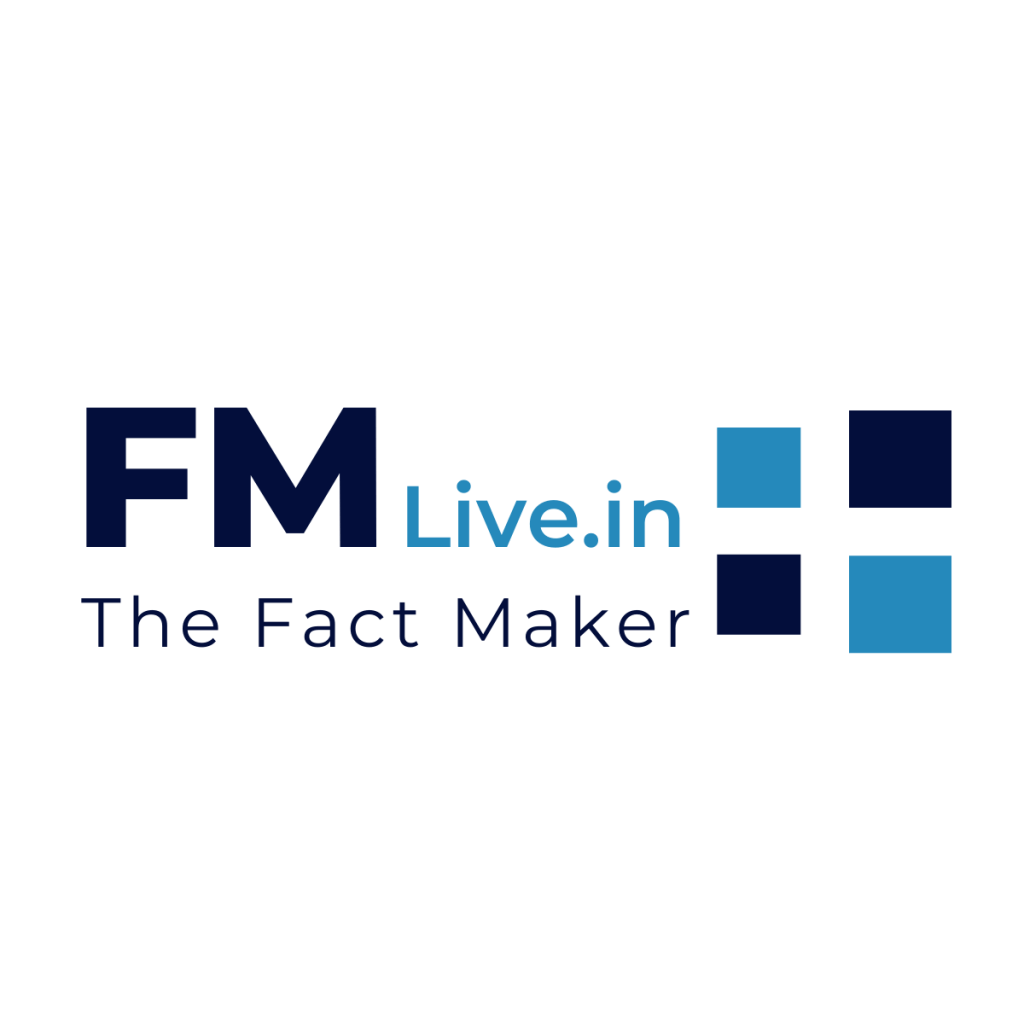- Globally, BPC (Beauty and Personal Care) is the most attractive sizable consumption category, projected to be a US$ 660 billion market and US$ 2.2-2.7 Tn market capitalization by 2027.
- India is a shining star with the highest BPC growth rate (CAGR of 10% 2022-27) vs. comparable countries (the next best is Indonesia at 8% and China at 7%).
- The Indian market is expected to contribute $30 billion to this figure, amounting to about 5% of the global opportunity.
- The Indian pure-play BPC players’ combined revenue is growing at a rate twice as fast as that of the FMCG-led BPC brands, reinforces the significance of specialized, pure-play BPC brands globally wherein average revenue growth (2017-22) for major pure-play BPC players was 5x of FMCG-led BPC players (10% vs 2%).
- Globally, pure-play BPC players are valued better than the FMCG-led BPC players with the P/E ratio of ~1.8x of FMCG-led BPC players (51 vs 28 respectively).
Bangalore: According to the report launched by Redseer Strategy Consultants in Collaboration with Peak XV, titled, “Beauty unveiled – Decoding the success of pure-play beauty companies”, the Beauty and Personal Care (BPC) industry is set to experience a meteoric rise, with projections indicating a total market size of $660 billion corresponding to a total market capitalization of $2.2-2.7 trillion by 2027. The BPC market has been on a resilient path in the face of global disruptions brought about by the 2020-21 lockdowns. Industry was affected marginally while the broader economies were much more severely affected. This underlines BPC’s role as a fundamental human need.
“Globally, there’s a growing need among consumers for products ‘made for them’, tailored to individual skin or body types. They are increasingly willing to pay premiums for effective and safe solutions, leading to rapid growth in the masstige and premium categories. While consumers use the internet to research products, they are willing to shop across both online and offline channels.”, said Rohan Agarwal, Partner, Redseer Strategy Consultants.
Brands focused solely on BPC (pure-play BPC brands) have disrupted the market by targeting specific use-cases, leading to higher growth rates, gross margins, and profitability compared to FMCG-led BPC players. Average revenue growth of the largest pure-play BPC players was 5x of the largest FMCG-led BPC players (2017-22)
Indian BPC Market
Turning its gaze to the Indian market, the report reveals that India is a shining star with the highest BPC growth rate (CAGR of 10% 2022-27) vs. comparable countries (the next best is Indonesia at 8% and China at 7%). The Indian BPC market is projected to be US$ 30 billion by 2027, making up about 5% of the global opportunity. The growth prospects of the Indian BPC industry are further strengthened in light of how underpenetrated the Indian BPC market is. On per capita BPC spends, while the U.S. leads at $313, and China at $38, India lags significantly at just $14. Online is a significant channel for BPC in India as it projected to become a US$ 10 billion market by 2027, accounting for roughly 33% of the market then.
Similar to the global market, pure-play BPC brands are leading the disruption in India. The report revealed that the Indian BPC market is growing at a rate twice as fast as FMCG-led brands, signaling the significance of specialized, BPC-focused players. As the Indian BPC market matures, the report anticipates the emergence of multiple hundred-million-dollar pure-play BPC brands.
Pure-play BPC players creating exceptional value
The BPC landscape’s transformation has also birthed a slew of innovative brands like L’Oréal, Nykaa, Honasa, and Pure Play Skin Sciences with niche offerings. These players, wholly dedicated to BPC, are more agile in responding to evolving consumer needs, positioning themselves as leaders in this dynamic market.
“From acne management to anti-ageing solutions, specialized use cases are where we’re seeing a lot of the action. Brands are spending a significant portion of their resources and organisation bandwidth on new product development, R&D, and customer insights to drive more efficacious products to a targeted audience,” says Sakshi Chopra, MD, Peak XV.
The pure-play BPC players are performing well in terms of growth and margins, therefore, are valued better. In 2022, the average gross margin for major pure-play BPC companies globally was significantly higher (72%) than that of FMCG-led BPC companies (44%). Despite their heavy investments in research and development and customer education, these pure-play companies maintain bottom lines that are competitive with FMCG-led companies. The average EBT (Earnings Before Taxes) stands at 12% for large pure-play BPC companies globally, compared to 14% for FMCG-led companies.
This results in pure-play BPC companies being valued better. The Price-to-Earnings (P/E) ratio for the large pure-play BPC companies globally is approximately 1.8 times that for FMCG-led BPC companies (51 vs. 28).


